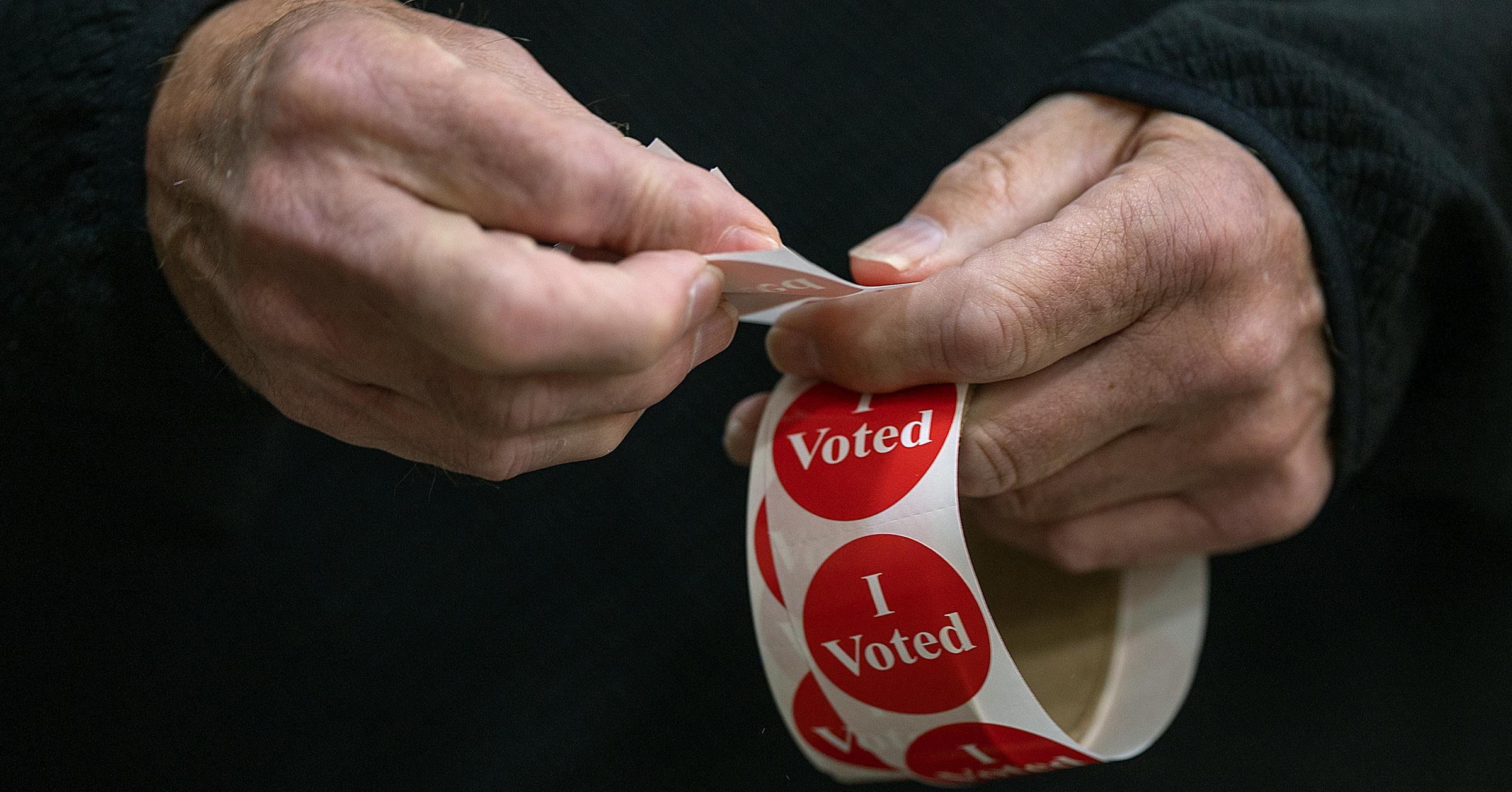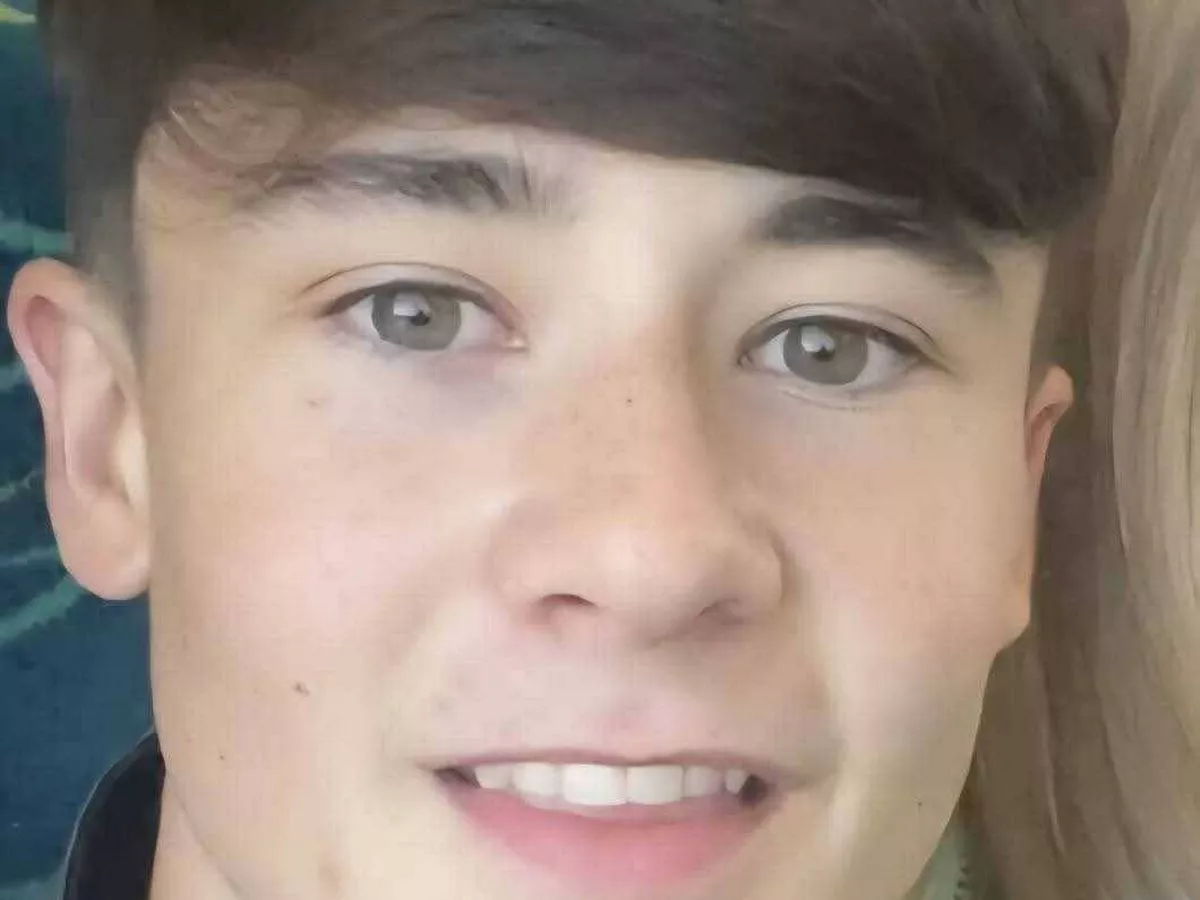Copyright startribune

Opinion editor’s note: Strib Voices publishes a mix of guest commentaries online and in print each day. To contribute, click here. As Ward 9 residents in Minneapolis, we have anxiously awaited a plan. Many of us were concerned about the vote of Jason Chavez, our City Council member, that opposed the city’s approach to remove the private encampment on Lake and 28th Avenue. Soon after, seven people were shot in the same encampment. This statement is a public response to what at least 28 residents consider a lack of leadership. We want solutions that are both compassionate and effective, upholding the dignity of unhoused individuals while protecting the safety of nearby residents. We feel deep empathy for those who are unhoused and recognize the complex challenges they face. Some of us have loved ones who struggled with homelessness or addiction. We agree Minneapolis must help people in crisis. Our hearts seek compassion for our neighbors. At the same time, the current conditions have created serious safety and health hazards that our Ward 9 council member has failed to take seriously. Encampments pose major public safety risks to both the surrounding neighborhoods and those living in them. These open-air drug markets lack services, leading to human excrement appearing in business doorways and alleys. Drug paraphernalia is left on sidewalks. Families have witnessed overdoses in their yards. Individuals struggling with addiction wander into the street. Propane tanks pose fire hazards. Some neighbors, including children who attend the nearby schools, have faced harassment and unsafe conditions. For residents who live in these neighborhoods, this is a daily reality. The root of the problem is the availability of dangerous drugs like fentanyl that rob people of their autonomy and life. In fact, the end goal of encampments appears to be death, which happens often in these venues. They simply should not exist. Therefore, homelessness and drug addiction are a humanitarian crisis that deserves thoughtful solutions, ones that include prioritizing safe shelters, effective drug treatment programs and meaningful job opportunities. A plan should involve working closely with the state and county, which have resources and are tasked with providing housing, social services and health care services. Instead of complaining that there are not enough shelter beds, a leader should advocate for more shelters and more beds. We need immediate, short-term and long-term care options. We should improve and encourage drug treatment programs, including medically assisted treatment. Since our community is complex and diverse, we need to prioritize culturally relevant programs. Finally, we cannot be afraid to enforce laws that are designed to keep people safe. It is important to protect public spaces, sidewalk access and school zones for building thriving communities. Sanctioning public and private spaces to keep people in a continued state of drug addiction has been a failure. It is time for leadership to realize that solutions exist that are both humane and effective. We’ve seen it work! People can overcome drug addiction and lead productive lives, even raising healthy families. We must embrace the idea that all humans have the potential to thrive. Where we once struggled with violence and addiction, we can have peace and freedom. We want leadership and a plan, not a vote for drug addiction and crime.



